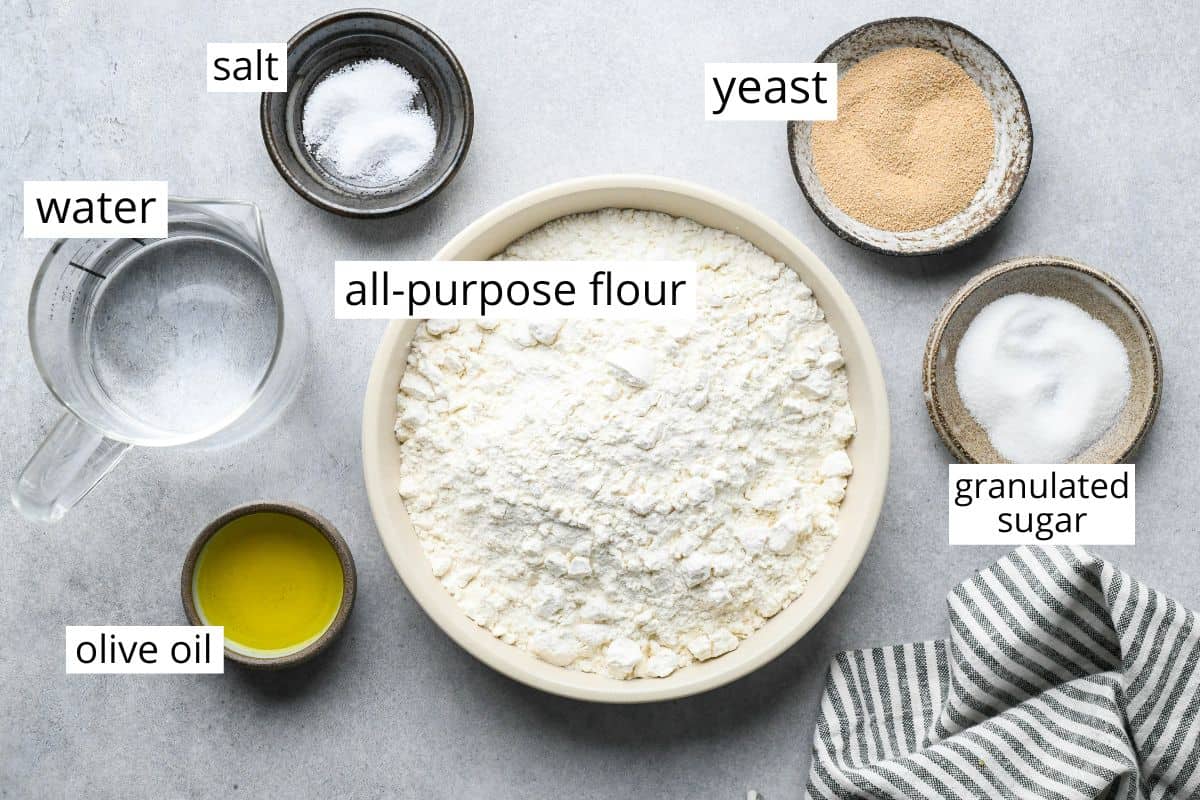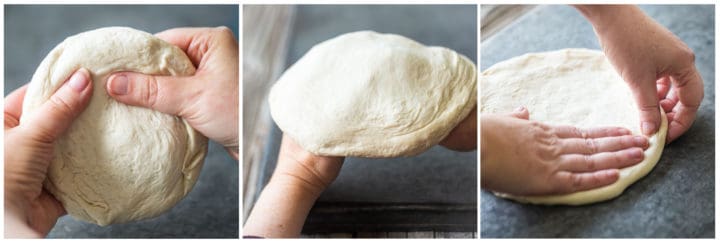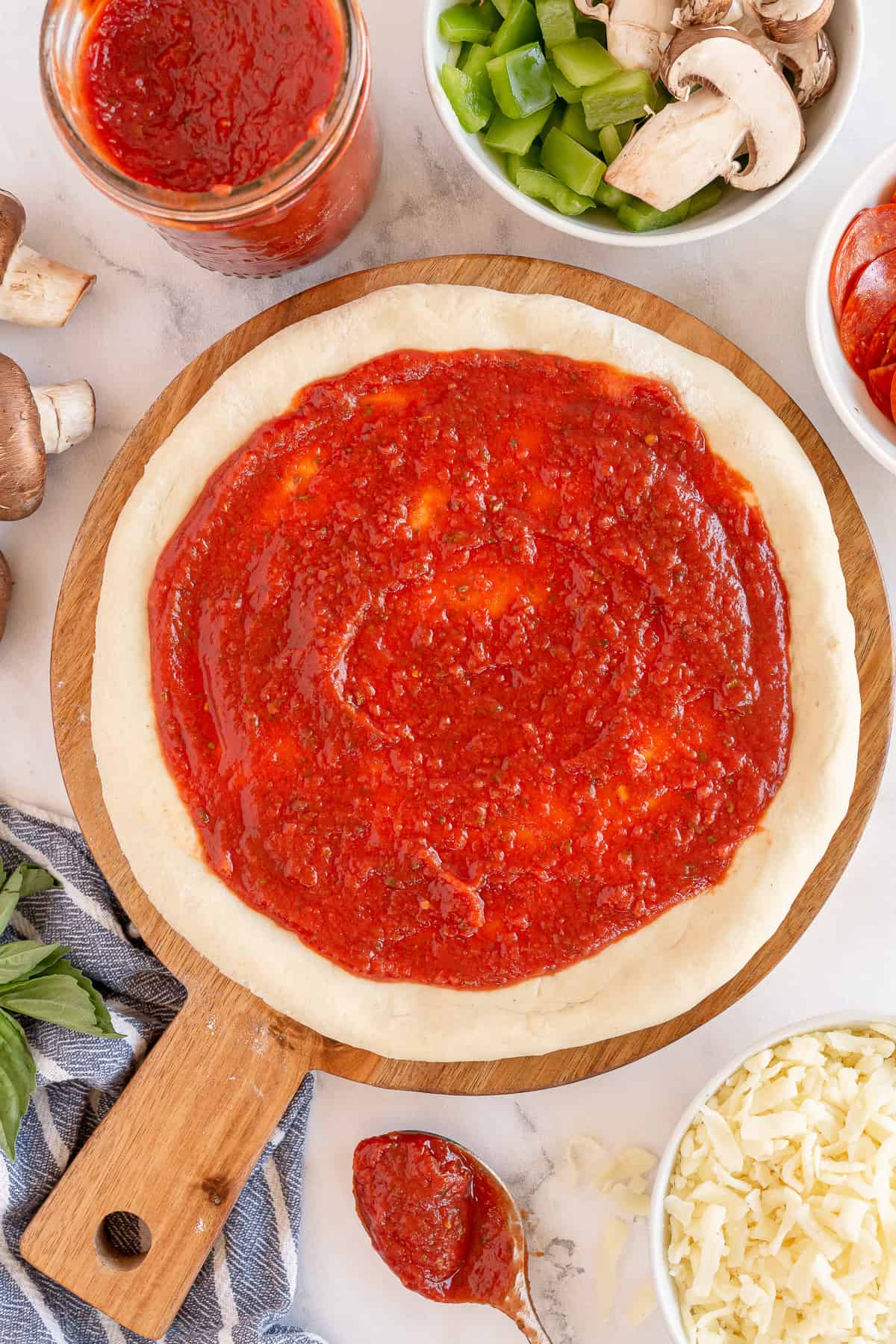Perfect thin Crust Pizza
Introduction
In the realm of culinary delights, few dishes hold as much universal appeal and versatility as the beloved pizza. Within the pantheon of pizza varieties, one style stands out for its delicate balance of flavors and textures – the thin-crust pizza. With its crispy base, perfectly charred edges, and artfully arranged toppings, thin-crust pizza has captured the hearts and palates of food enthusiasts around the world. But what makes a thin-crust pizza truly exceptional? Is it the quality of the dough, the freshness of the toppings, or perhaps the skill of the chef behind the oven? To unravel the mysteries of this beloved dish, we must embark on a culinary journey that explores every aspect of its creation, from dough preparation to final assembly. In this comprehensive guide, we will delve into the art and science of crafting the perfect thin-crust pizza. From selecting the finest ingredients to mastering the techniques of dough rolling and baking, each step in the process plays a crucial role in achieving pizza perfection. But beyond the technicalities lies a deeper appreciation for the cultural significance of thin-crust pizza. From its humble origins in Italy to its evolution into a global culinary phenomenon, thin-crust pizza embodies the spirit of innovation and adaptation that defines modern gastronomy. So, join us as we unlock the secrets of thin-crust pizza and embark on a culinary adventure that celebrates the joys of good food, good company, and the simple pleasures of life. Whether you're a seasoned pizzaiolo or a novice home cook, there's something for everyone to discover in the world of thin-crust pizza
The Foundation: Mastering the Dough
At the heart of any great pizza lies the dough, and when it comes to thin-crust pizza, the dough plays a pivotal role in determining its success. Opt for high-quality flour, preferably Italian Tipo "00" flour, renowned for its fine texture and high protein content. Combine it with water, yeast, salt, and a touch of olive oil to create a smooth, elastic dough.
The Art of Rolling Thin
The secret to achieving that coveted thin crust lies in the art of rolling. Dust your work surface with flour and gently roll out the dough using a rolling pin, aiming for a thickness of no more than a quarter of an inch. For an extra crispy crust, dock the dough with a fork to prevent air bubbles from forming during baking.
Elevating Flavor with Sauce and Toppings
Once your dough is rolled out to perfection, it's time to unleash your creativity with sauce and toppings. Opt for a simple yet flavorful tomato sauce, made from ripe tomatoes, garlic, olive oil, and a medley of herbs. Spread it evenly over the dough, leaving a small border around the edges.
The Perfect Cheese-to-Topping Ratio
When it comes to toppings, restraint is key. Opt for a harmonious balance of flavors, ensuring each ingredient complements the others without overpowering the palate. From fresh mozzarella and basil to thinly sliced vegetables and savory meats, let your imagination run wild while keeping the cheese-to-topping ratio in check.
Mastering the Baking Process
With your pizza meticulously assembled, it's time to embark on the final leg of our journey – the baking process. Preheat your oven to the highest temperature possible, ideally around 500°F (260°C), and transfer your pizza onto a preheated pizza stone or baking sheet. Bake for 10-12 minutes, or until the crust is golden brown and crispy, and the cheese is bubbling and caramelized.
Conclusion
The perfect thin-crust pizza is not merely a culinary endeavor; it's a journey of passion, precision, and artistry. Each element, from the meticulously prepared dough to the carefully selected toppings, contributes to the symphony of flavors that define this beloved dish. Through patience and practice, aspiring pizza aficionados can elevate their skills to new heights, transcending the realm of mere cooking to achieve culinary mastery. As we conclude our exploration into the world of thin-crust pizza, it's essential to reflect on the lessons learned and the delights discovered along the way. From the importance of using high-quality ingredients to the art of achieving the perfect balance of flavors, every step in the process offers an opportunity for creativity and innovation. Whether you're a seasoned chef or a novice cook, there's always something new to learn and experiment with within the realm of pizza-making. But beyond the technical aspects lies a deeper truth – the joy of sharing a homemade pizza with loved ones. Whether gathered around the dinner table or enjoying a cozy night in, the simple act of breaking bread together fosters connections and creates cherished memories that last a lifetime. In a world filled with chaos and uncertainty, the comfort of a delicious slice of pizza has the power to bring people together, if only for a moment. So, as you embark on your own pizza-making adventures, remember to savor the process, embrace the imperfections, and above all, share the love and joy that comes with each delicious bite. For in the kitchen, as in life, it's not just about the end result – it's about the journey and the moments shared along the way.
FAQs (Frequently Asked Questions)
1. Can I use all-purpose flour instead of Tipo "00" flour for the dough?
Absolutely! While Tipo "00" flour is preferred for its fine texture, all-purpose flour can also yield excellent results.
2. How thin should I roll out the dough for a thin-crust pizza?
Ideally, aim for a thickness of no more than a quarter of an inch to achieve that perfect crispy crust.
3. Can I make the pizza sauce in advance?
Certainly! In fact, allowing the flavors to meld overnight can enhance the depth of flavor in the sauce.
4. How do I prevent my pizza from sticking to the baking stone?
Ensure your baking stone is properly preheated and generously dusted with cornmeal or semolina to prevent sticking.
5. Can I freeze leftover pizza dough?
Yes, leftover pizza dough can be wrapped tightly in plastic wrap and stored in the freezer for up to three months. Simply thaw it in the refrigerator overnight before using.






